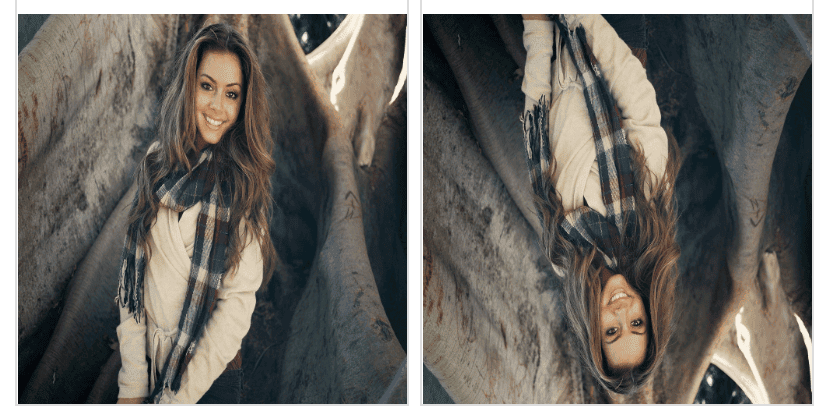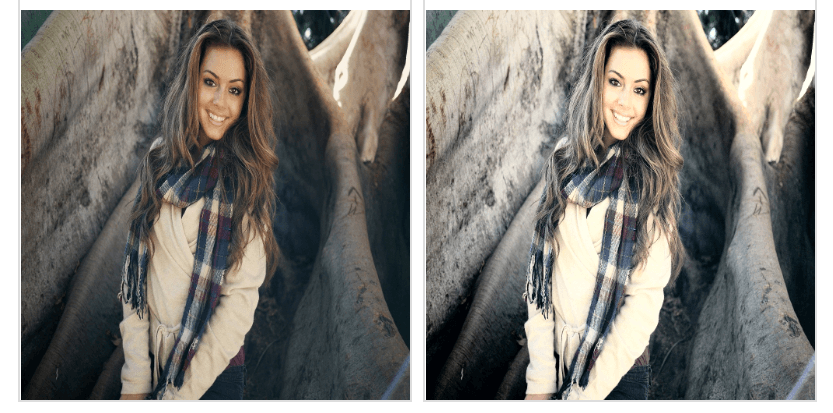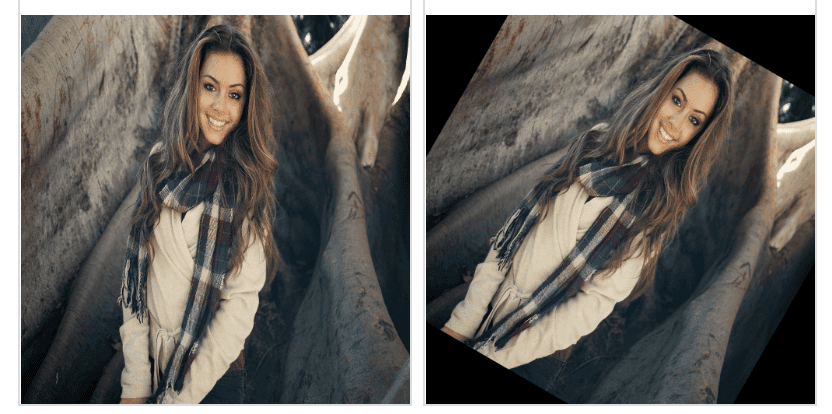1. 图像格式化在机器学习中的作用
在实际训练模型时,原始图像数据往往不能直接用于模型输入。我们需要对图像进行格式化处理,以满足模型训练的输入要求,并提升训练效率与模型泛化能力。
图像格式化主要包括尺寸调整、裁剪、翻转、对比度调整、旋转等操作。这些操作不仅能减少数据维度,还能通过数据增强增加样本多样性,避免过拟合。
2. 常见图像格式化技术
✅ 2.1 尺寸调整(Resizing)
Resizing 是卷积神经网络(CNN)训练中最基础的一步。通常原始图像(如摄像头采集图像)尺寸较大,直接训练会非常耗时。我们需要将其调整为模型输入所需的尺寸。
例如,将一张 1920x1080 的图片缩放到 224x224,以适配 ResNet 等模型的输入要求:
from PIL import Image
img = Image.open("example.jpg")
resized_img = img.resize((224, 224))
⚠️ 注意:如果新尺寸的宽高比与原图不一致,图像可能会变形。为了保持比例,可以选择只调整一个方向的尺寸,另一个方向自动计算:
basewidth = 300
wpercent = (basewidth / float(img.size[0]))
hsize = int((float(img.size[1]) * float(wpercent)))
img = img.resize((basewidth, hsize), Image.ANTIALIAS)
✅ 2.2 裁剪(Cropping)
裁剪用于去除图像边缘无关区域,聚焦于感兴趣区域(ROI),比如在人脸识别中只保留人脸部分。
# 裁剪区域为 (left, upper, right, lower)
cropped_img = img.crop((100, 100, 400, 400))

✅ 2.3 翻转(Flipping)
图像翻转是一种常见的数据增强手段,可以快速生成新的训练样本,提升模型鲁棒性。
- 水平翻转(左右镜像):适用于大多数场景,如人脸、物体识别
- 垂直翻转(上下镜像):适用于部分场景,如卫星图像、医学图像
# 水平翻转
h_flip_img = img.transpose(Image.FLIP_LEFT_RIGHT)
# 垂直翻转
v_flip_img = img.transpose(Image.FLIP_TOP_BOTTOM)

✅ 2.4 对比度调整(Contrast Adjustment)
适当调整对比度可以增强图像细节,使模型更容易识别特征。但过高或过低的对比度都会影响识别效果。
使用 PIL 的 ImageEnhance 模块可以方便地调整对比度:
from PIL import Image, ImageEnhance
enhancer = ImageEnhance.Contrast(img)
contrast_img = enhancer.enhance(2.0) # 提高对比度为原来的两倍
⚠️ 注意:对比度增强不是越高越好,要根据实际图像内容进行合理调整。

✅ 2.5 旋转(Rotation)
图像旋转是另一种数据增强手段,常用于扩充训练集。可以设置随机角度进行旋转,提升模型对不同角度的适应能力。
# 旋转 45 度
rotated_img = img.rotate(45)
⚠️ 注意:旋转可能导致图像边缘缺失,可使用 expand=True 自动扩展画布:
rotated_img = img.rotate(45, expand=True)

3. 总结
图像格式化是机器学习项目中非常关键的预处理步骤。我们介绍了以下五种常用图像处理技术:
| 技术 | 用途 | 工具建议 |
|---|---|---|
| 尺寸调整 | 匹配模型输入尺寸 | PIL, OpenCV |
| 裁剪 | 提取感兴趣区域 | PIL, OpenCV |
| 翻转 | 数据增强 | PIL, OpenCV |
| 对比度调整 | 提升图像细节 | PIL, OpenCV |
| 旋转 | 数据增强 | PIL, OpenCV |
✅ 建议:
- 在训练前使用尺寸调整和裁剪统一图像格式
- 在训练过程中使用翻转、旋转、对比度调整进行数据增强
- 调整参数时要结合图像内容和模型表现进行优化
这些操作不仅能加快训练速度,还能有效提升模型泛化能力。掌握这些图像格式化技巧,是构建高质量视觉识别模型的基础。